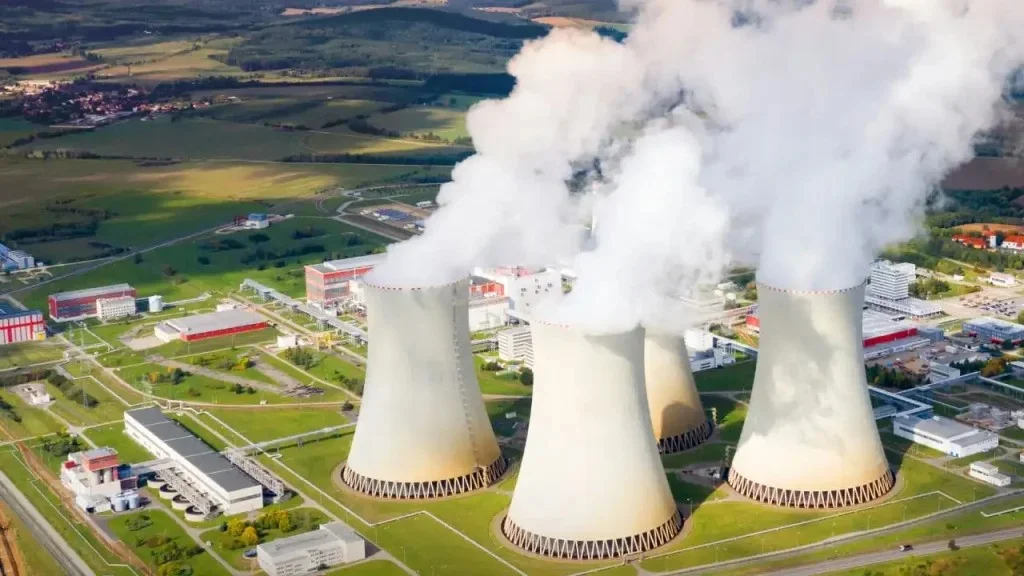South Africa is preparing to restart its nuclear energy program by early 2026. The move marks a major step toward cleaner and more reliable power.
Energy and Electricity Minister Kgosientsho Ramokgopa announced on October 22, 2025, that the government plans to lift the “care and maintenance” status of the Pebble Bed Modular Reactor (PBMR). The project has been idle since 2010 after a $577 million investment failed to deliver a working model.
“We’re close to reactivating it,” Ramokgopa said. He added that the project will help stabilize South Africa’s struggling power supply.
Why Small Modular Reactors Matter
Small Modular Reactors (SMRs) are drawing global attention. They offer compact, scalable, and low-carbon energy solutions. Ramokgopa explained that these features make SMRs ideal for South Africa’s growing electricity needs.
The state utility Eskom, which operates Africa’s only commercial nuclear plant near Cape Town, will lead the initiative. Meanwhile, Egypt, Namibia, Niger, and Ghana are also exploring nuclear power.
Furthermore, South Africa hopes to partner with China, South Korea, the U.S., and Russia through the South African Nuclear Energy Corporation (NECSA). These partnerships could accelerate PBMR technology and restore the country’s position as a nuclear leader.
A Greener Path for Energy
The upcoming Integrated Resource Plan (IRP) 2025, expected this week, outlines how South Africa will add 105 gigawatts (GW) of new power capacity by 2039.
Key targets include:
-
34 GW from wind
-
25 GW from solar
-
16 GW from gas
-
5.2 GW from nuclear
This new energy mix aims to reduce coal use, cut carbon emissions, and attract renewable investments. Additionally, the IRP proposes 10 GW of extra nuclear power to strengthen the national grid and create thousands of new jobs.
Learning from the Past
The PBMR project ended in 2010 after years of research without a working prototype. The failure disappointed earlier hopes for South Africa’s nuclear progress.
However, renewed global interest in SMRs has reignited confidence. Ramokgopa emphasized that this time, the project will have strong international backing. The world’s growing demand for low-carbon power ensures there will be financial partners.
Frequent power cuts have exposed the country’s urgent need for reliable energy. Nuclear power can complement renewables and ensure consistent supply for industries and urban centers.
Moreover, the PBMR’s modular design allows faster construction than traditional reactors. That flexibility makes it a practical solution for South Africa’s energy challenges.
Aligning with Global Energy Trends
South Africa’s nuclear revival fits the global shift toward cleaner and greener energy. Across Africa, more nations are pursuing nuclear power to meet rising electricity demand and reduce emissions.
In addition, the PBMR project could attract foreign investors and promote industrial growth. As data centers and tech hubs expand, SMRs could supply stable, clean power for innovation. Consequently, South Africa could emerge as a regional hub for green technology.
Powering a Sustainable Future
If executed successfully, the PBMR revival by 2026 could transform South Africa’s energy sector. The country aims to blend nuclear energy with renewables to ensure both stability and sustainability.
With international support and a clear national roadmap, South Africa is ready to become one of Africa’s leading nuclear innovators. By moving away from coal, the nation is setting a strong example for clean energy in the region.
________________________________________________






